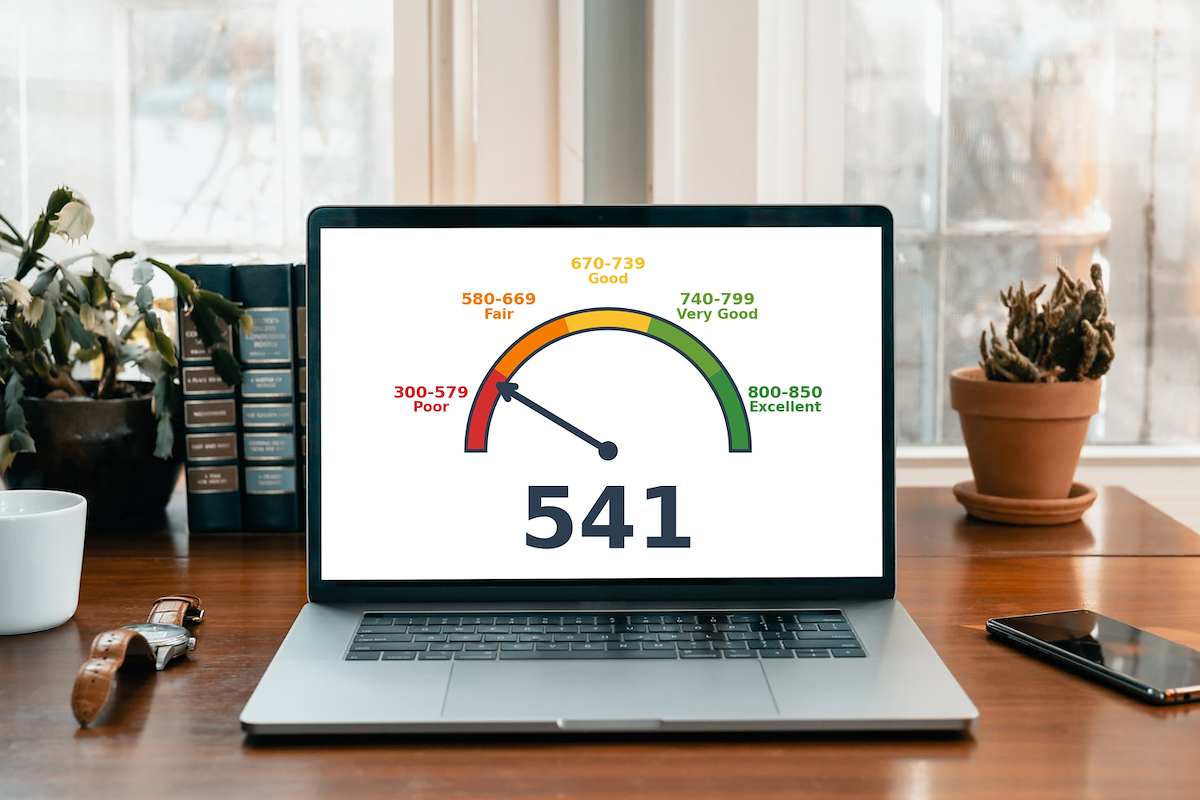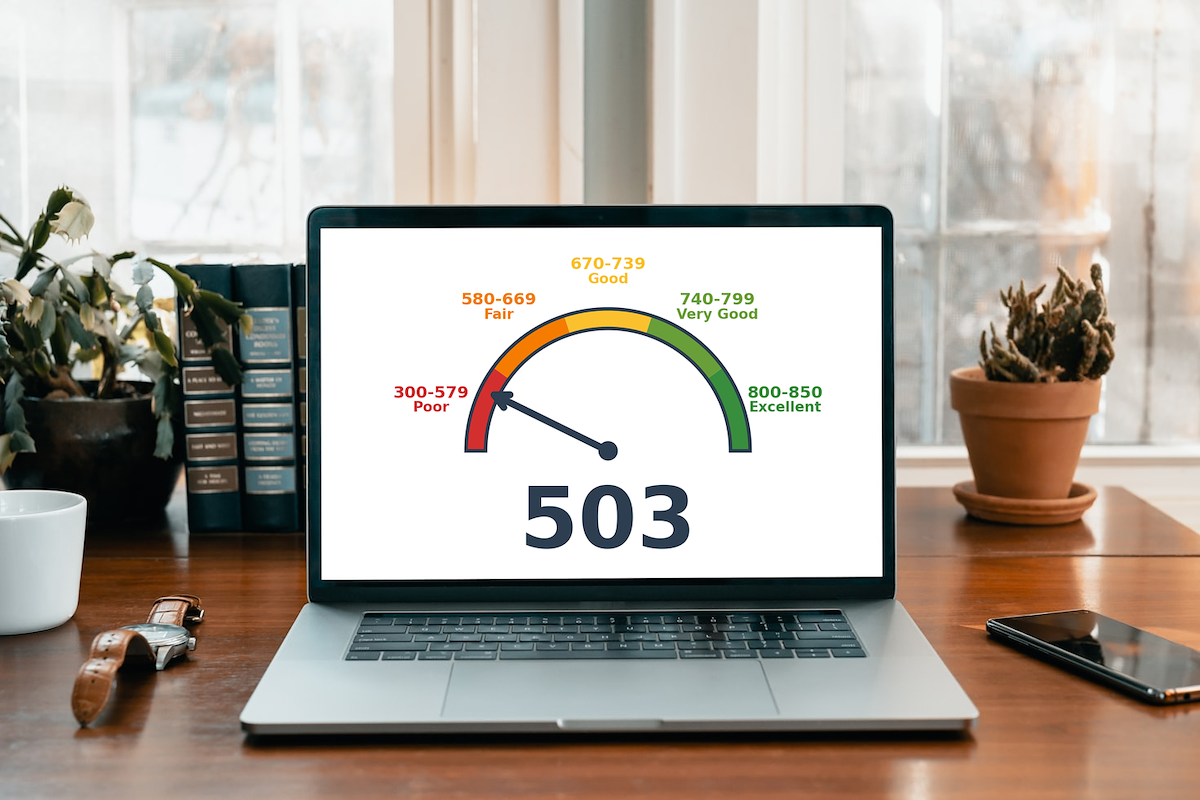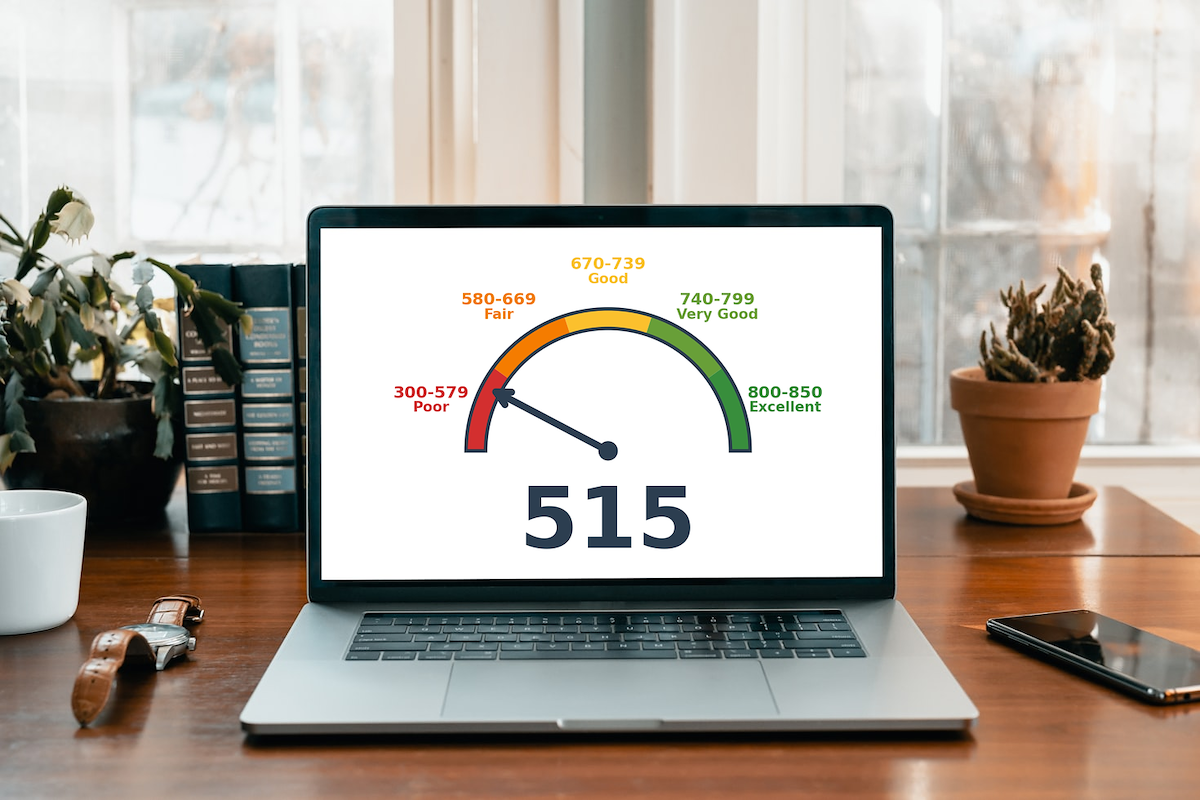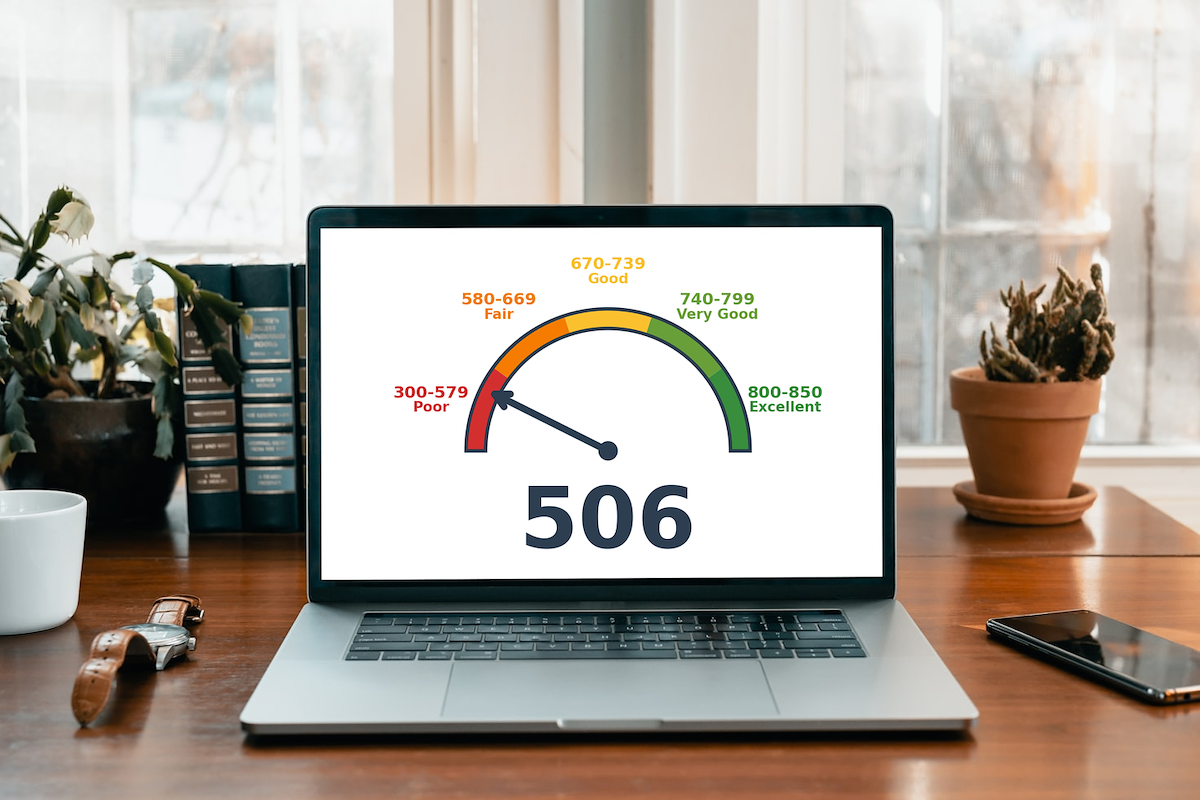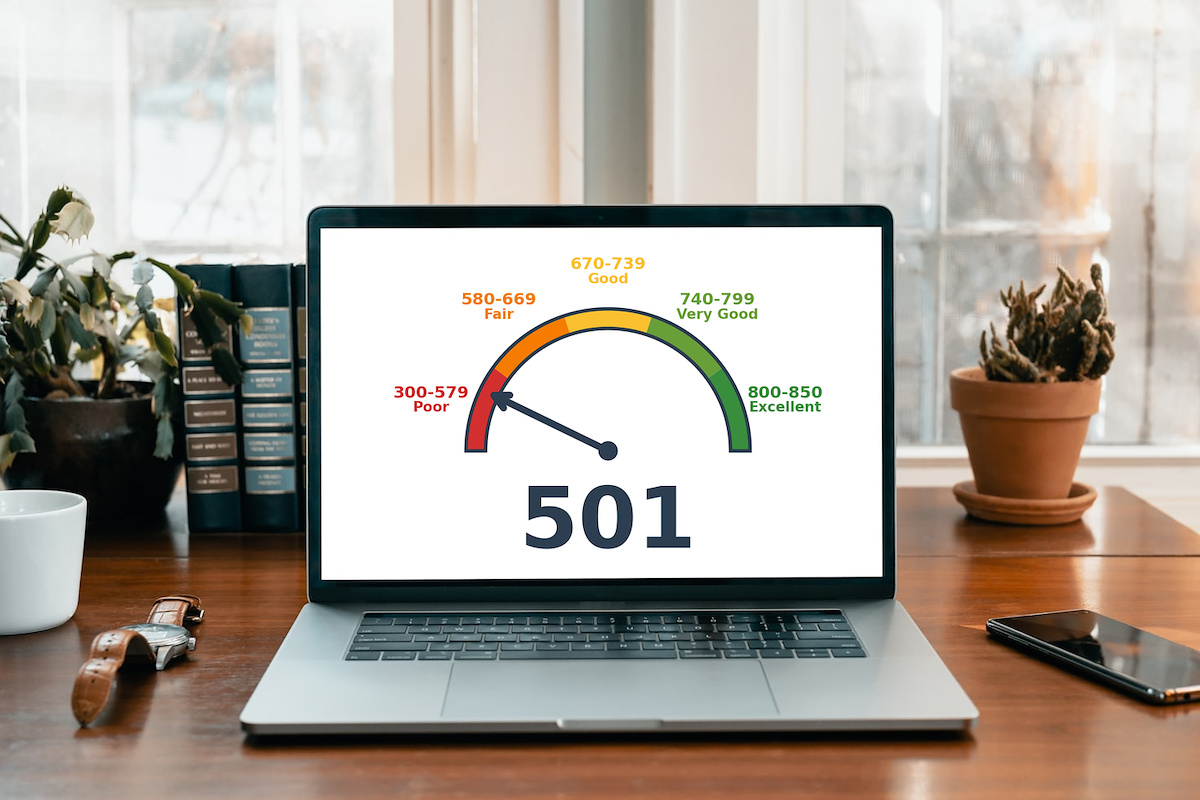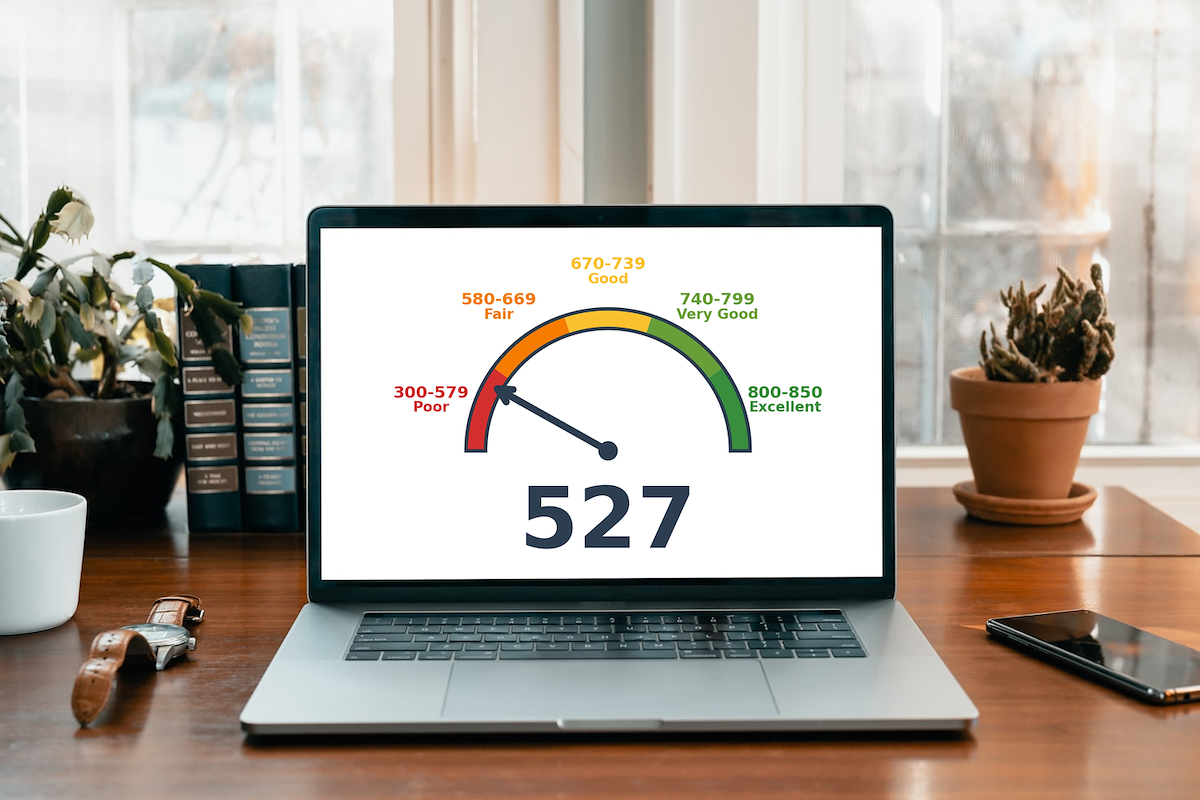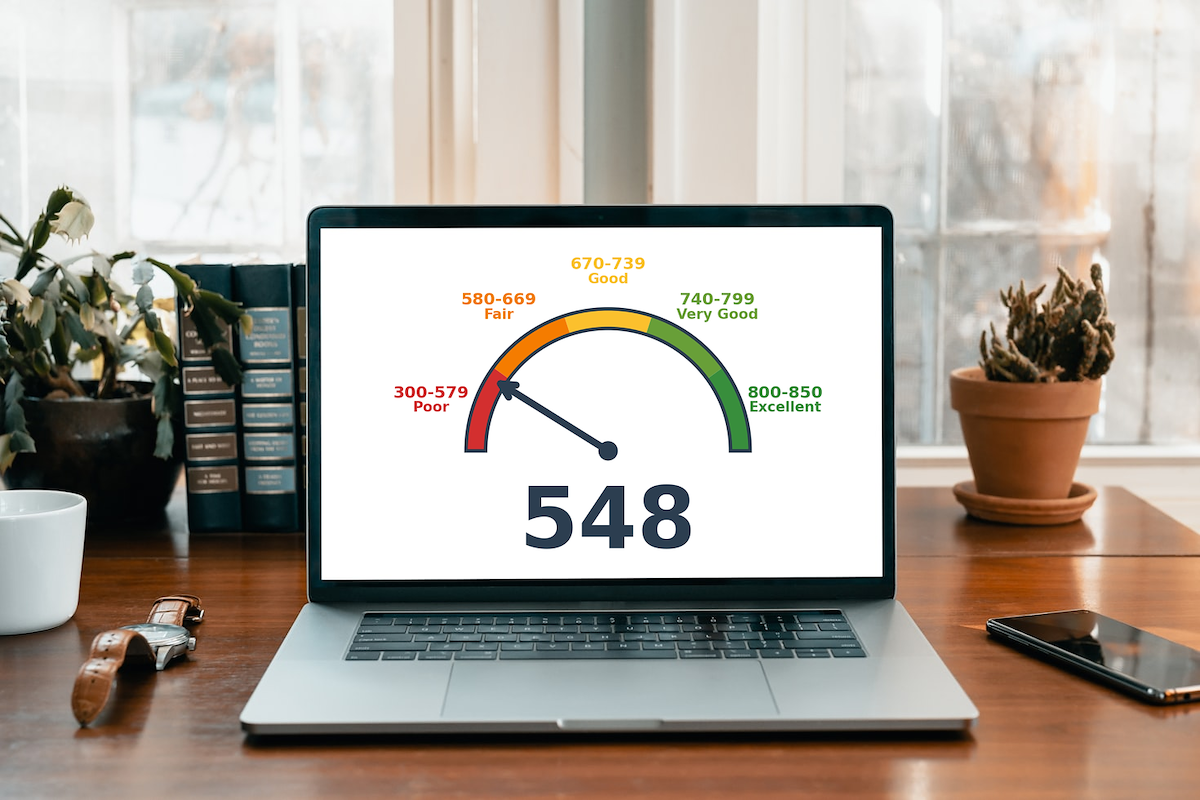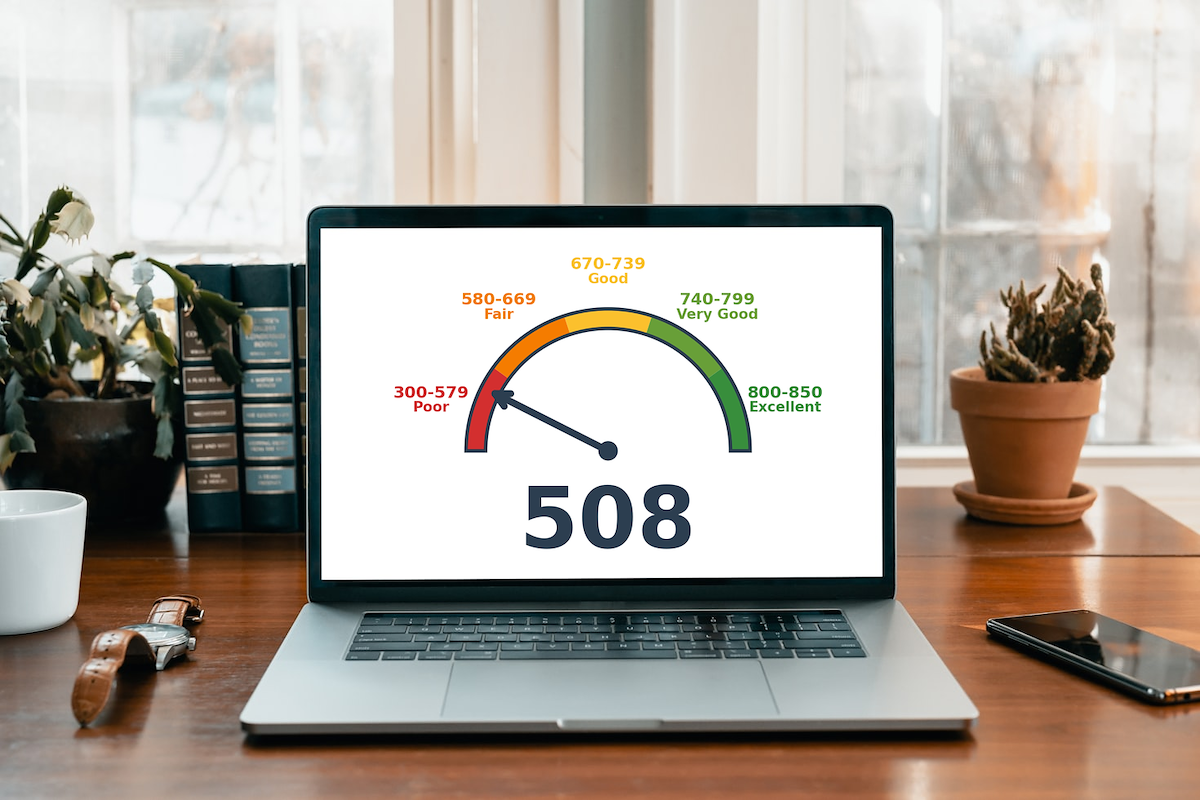
Kudos has partnered with CardRatings and Red Ventures for our coverage of credit card products. Kudos, CardRatings, and Red Ventures may receive a commission from card issuers. Kudos may receive commission from card issuers. Some of the card offers that appear on Kudos are from advertisers and may impact how and where card products appear on the site. Kudos tries to include as many card companies and offers as we are aware of, including offers from issuers that don't pay us, but we may not cover all card companies or all available card offers. You don't have to use our links, but we're grateful when you do!
512 Credit score: What You Need to Know in 2025
July 1, 2025

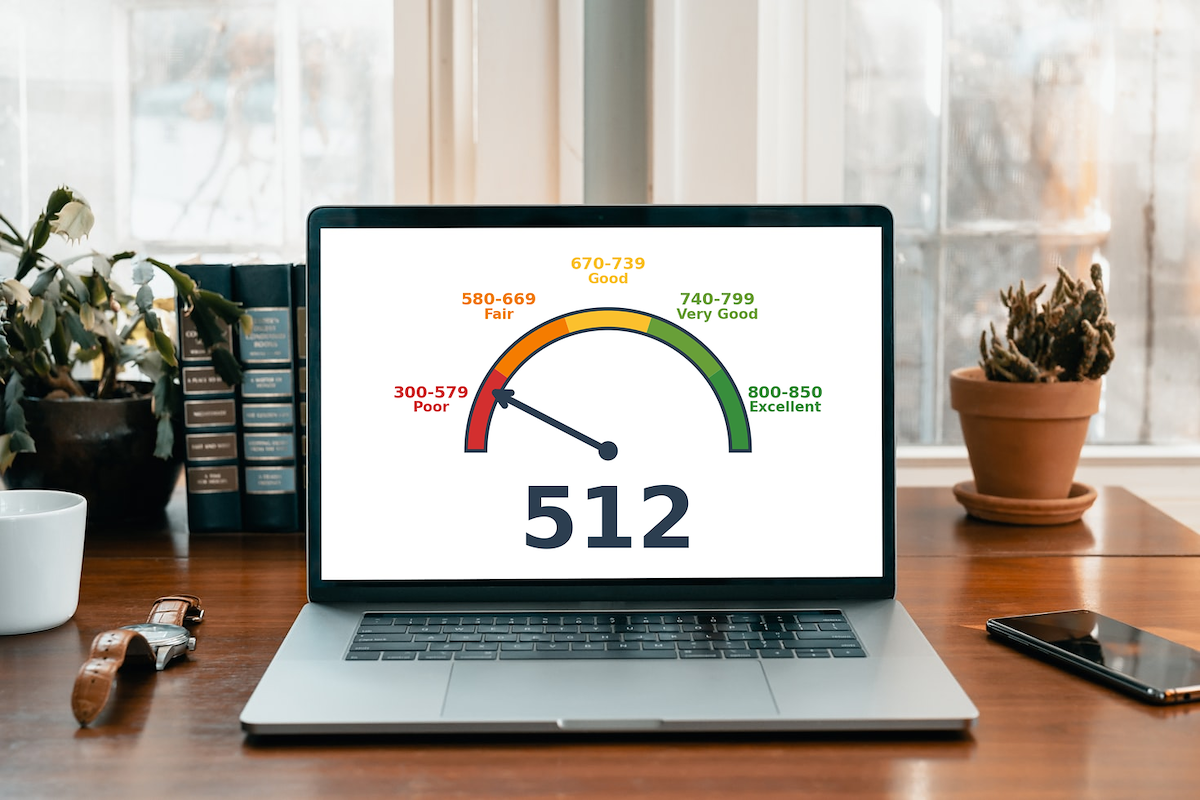
TL;DR
A 512 credit score provides a clear opportunity to build a stronger financial profile, as it falls into the "Poor" range on the FICO scoring model. This score is a foundational starting point from which you can strategically improve your credit health and unlock better financial products.
What Does a 512 Credit Score Mean?
A 512 credit score places you in the "poor" credit range on the FICO scoring model, which runs from 300 to 850. Lenders view scores in this bracket as a sign of high risk, often stemming from a history of payment issues or other credit-related difficulties. This number can create significant obstacles in your financial life, impacting your ability to secure new credit or favorable terms on loans.
Financially, a 512 score means you'll likely face denials for many loans and credit cards. If you do get approved, it will probably be with very high interest rates and strict conditions, making borrowing much more expensive. While this presents immediate challenges, this score is not a permanent state; it's a starting point from which a stronger financial future can be built.
Who Has a 512 Credit Score?
While a 512 credit score is significantly below the national average, it's helpful to see how scores generally break down across different age groups. According to 2023 data from Experian, credit scores tend to increase steadily with age:
- Generation Z (ages 18-26): 680
- Millennials (ages 27-42): 690
- Generation X (ages 43-58): 709
- Baby Boomers (ages 59-77): 745
- The Silent Generation (ages 78+): 760
Credit Cards With a 512 Credit Score
A credit score of 512 falls into the "poor" range, which can significantly hinder your ability to qualify for most traditional credit cards. Lenders generally view scores in this range as a sign of high risk, meaning you're more likely to face rejections for standard unsecured cards. Your options will likely be limited to products designed for building credit, such as secured credit cards or unsecured cards with high annual fees and interest rates.
Kudos offers an AI-powered Explore Tool that acts as a personalized matchmaker to help you find the right credit card for your financial situation. By asking about your preferences for features like low interest rates or balance transfers, the tool sifts through nearly 3,000 cards to recommend options that best align with your needs.
Auto Loans and a 512 Credit Score
A 512 credit score places you in the subprime borrower category, which can make getting an auto loan more difficult. Lenders generally offer much higher interest rates to borrowers in this range due to the perceived higher risk of default.
- Super-prime (781-850): 5.25% for new cars, 7.13% for used cars
- Prime (661-780): 6.87% for new cars, 9.36% for used cars
- Non-prime (601-660): 9.83% for new cars, 13.92% for used cars
- Subprime (501-600): 13.18% for new cars, 18.86% for used cars
- Deep subprime (300-500): 15.77% for new cars, 21.55% for used cars
Mortgages at a 512 Credit Score
A 512 credit score significantly narrows your mortgage options, but it doesn't eliminate them entirely. Your most viable path is likely an FHA-insured loan, which accepts scores as low as 500. However, because your score is below the 580 threshold, you will be required to make a down payment of at least 10% to qualify.
Beyond the larger down payment, a 512 score means you'll face stricter scrutiny from lenders, likely involving manual underwriting. You can also expect to pay a significantly higher interest rate and additional fees, such as mortgage insurance. These less favorable terms will substantially increase the total cost of your loan over its lifetime.
What's in a Credit Score?
Figuring out what goes into your credit score can feel like trying to solve a complex puzzle, but it's primarily based on a handful of key financial habits. The most common factors include:
- Your payment history tracks whether you have paid past credit accounts on time.
- Credit utilization is the percentage of your available credit that you are currently using.
- The length of your credit history considers the age of your oldest account and the average age of all your accounts.
- Having a healthy mix of credit types, such as credit cards and installment loans, can positively impact your score.
- Recent credit inquiries and newly opened accounts can temporarily lower your score.
How to Improve Your 512 Credit Score
No matter how low your credit score has dropped, improving it is always possible through consistent, positive financial behavior. Taking the right steps can put you on the path to better financial health and a stronger credit profile.
- Monitor your credit reports regularly. You can get free reports from Experian, TransUnion, and Equifax to check for errors that might be unfairly dragging down your score. Disputing inaccuracies is a critical step to ensure your 512 score is a fair reflection of your history.
- Establish automatic bill payments. Since payment history is the single most significant factor in your score, ensuring you never miss a payment is the foundation for rebuilding your credit. Setting up automatic payments guarantees your bills are paid on time, preventing further damage to your score.
- Apply for a secured credit card. With a 512 score, getting approved for traditional credit is difficult, but a secured card requires a cash deposit as collateral, making it easier to obtain. Making regular, on-time payments on a secured card is a proven way to build a positive payment history and improve your score over time.
- Reduce your credit utilization ratio. This ratio compares the amount of credit you're using to your total available credit, and keeping it below 30% is crucial. Paying down balances is the most direct way to lower this ratio and demonstrate to lenders that you can manage debt responsibly.
To help you make the most of your credit while you rebuild, the Kudos browser extension can guide you toward responsible card use and better credit-building strategies.

Supercharge Your Credit Cards
Experience smarter spending with Kudos and unlock more from your credit cards. Earn $20.00 when you sign up for Kudos with "GET20" and make an eligible Kudos Boost purchase.
Editorial Disclosure: Opinions expressed here are those of Kudos alone, not those of any bank, credit card issuer, hotel, airline, or other entity. This content has not been reviewed, approved or otherwise endorsed by any of the entities included within the post.


















